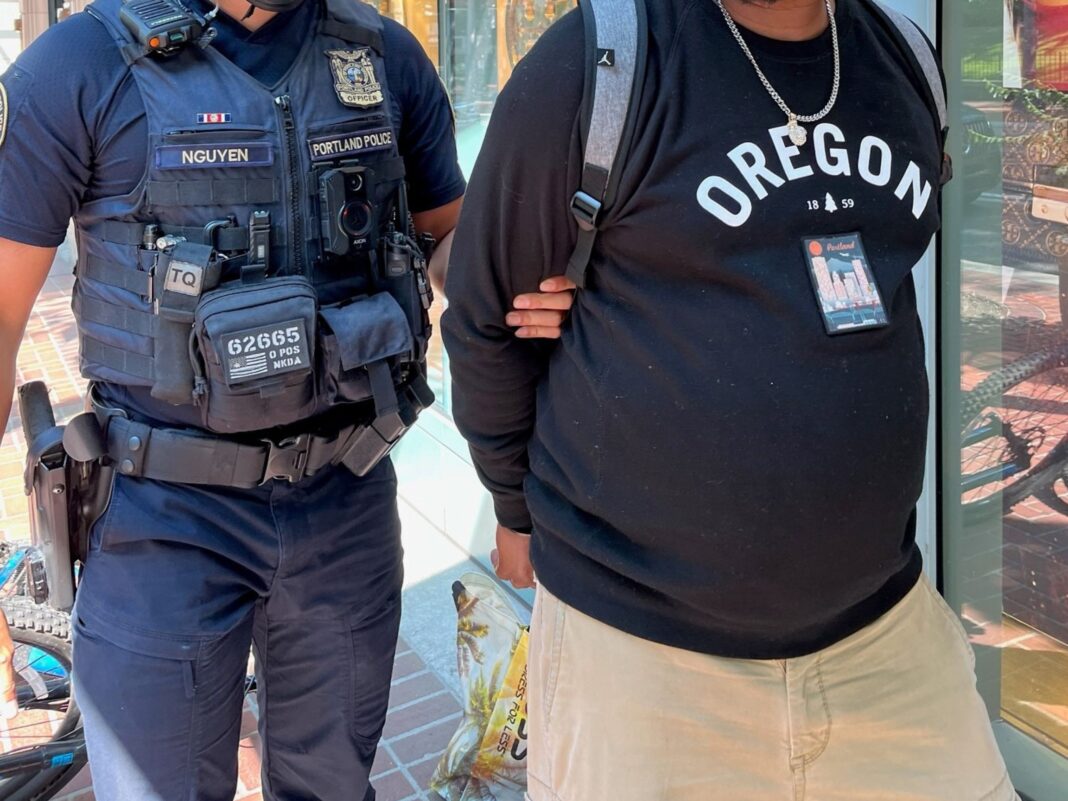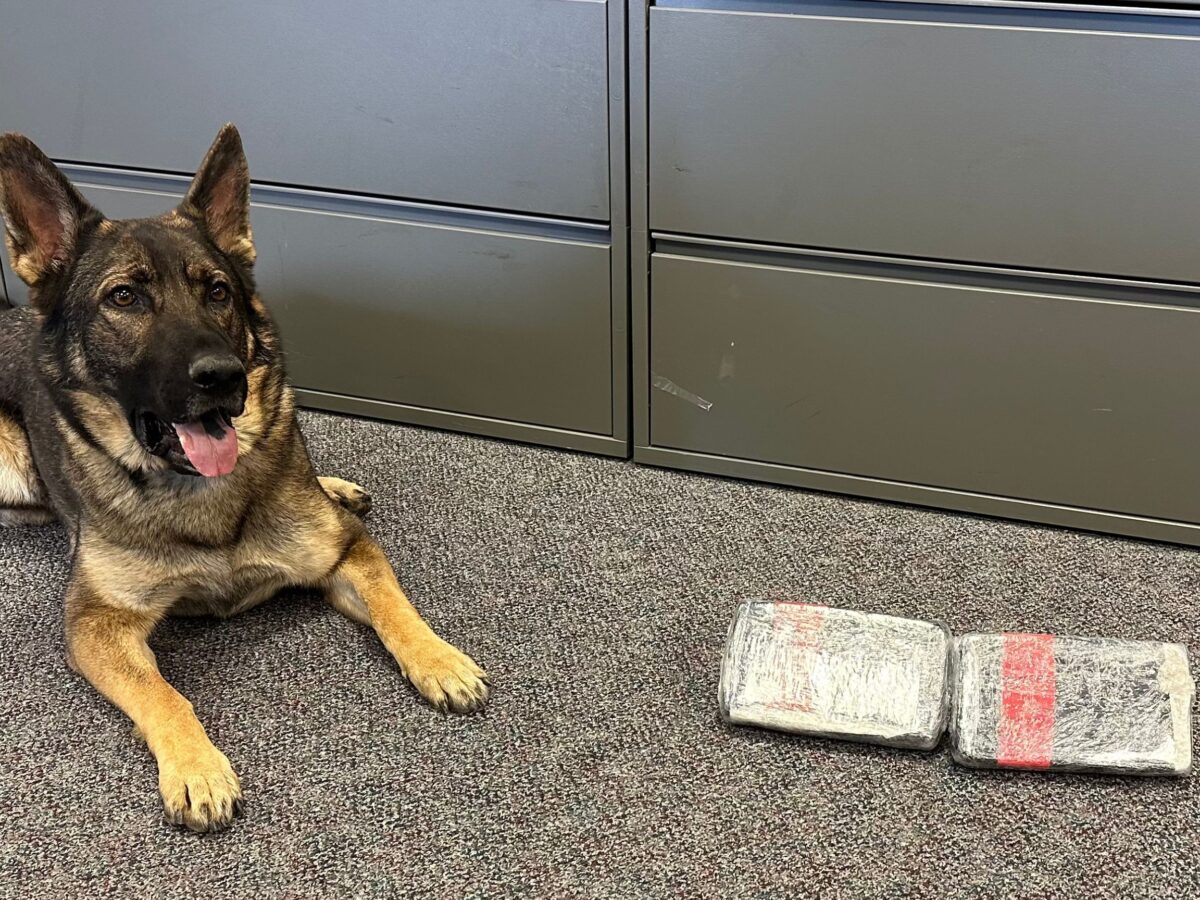A retail theft mission over the weekend resulted in numerous arrests and the recovery of stolen merchandise.
On Saturday, August 10, 2024, Central Precinct officers conducted a retail theft mission. Officers arrested or cited nine individuals and recovered approximately $910 worth of stolen merchandise.
The following individuals were arrested or cited during the mission:
Geoffrey T. Lindsley, Theft in the Second Degree
Matthew T. Brown, Theft in the Second Degree, Felon in Possession of a Concealed Weapon, Warrant
Kaylee E. McCreary, Theft in the Third Degree, Trespassing in the Second Degree, Warrant
Derrick N. Malone, Theft in the Third Degree
Ezekiel M. Hunt, Theft in the Second Degree, Warrant
Angela I. Bumgarner, Warrant
Benjamin I. Mason, Theft in the Third Degree, Warrants
Robyn M. Robinson, Theft in the Second Degree, Warrants
Alaaeldin M. Aly, Theft in the Second Degree
Retail theft missions work directly with retail partners to identify, apprehend, and work toward prosecution of these offenders. Following each retail theft missions officers conduct follow up and work closely with the Multnomah County District Attorney’s Office (MCDA) to ensure prosecution on these cases.
Retail theft is often more than just shoplifting items for personal use. Many suspects are involved in organized theft rings, which steal items that can easily be sold for cash on the secondary market or returned to stores for a “refund.” Returning or attempting to return stolen property, no matter the value, is a class-C felony (https://oregon.public.law/statutes/ors_164.055).
In many cases, these individuals are involved in criminal activity that extends far beyond retail theft, including illegally possessed guns, drug possession and distribution, vehicle theft, and more. Additionally, disrupting theft preserves the viability of retail businesses that serve the Portland community. Therefore, these missions go a long way in improving livability across the area. Mission commanders analyze theft and other crime data to focus their missions on the neighborhoods most impacted by these crimes, which are often large retail shopping complexes.







